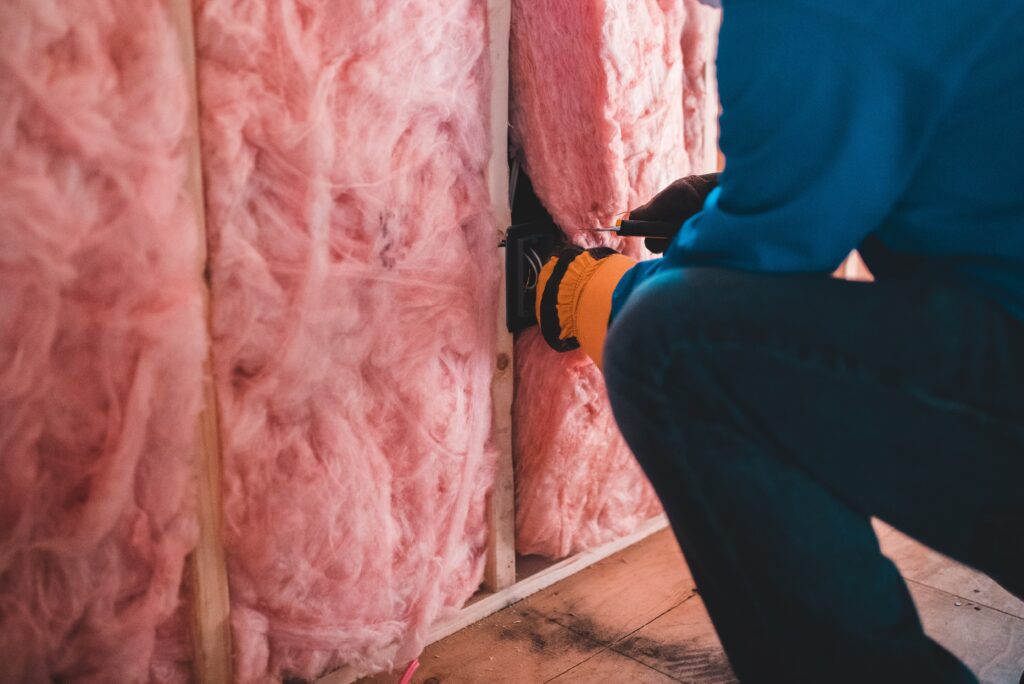Written By:
Josh Kriesberg ’22
Editor, Clean Energy & Technology
Connect with Josh on LinkedIn
As countries, companies, and households across the globe transition towards clean energy, decision makers take every opportunity to tout flashy numbers and projects. Installing solar panels and batteries, erecting wind turbines, and building microgrids have profound impact and the clean electricity they generate is essential to reaching our climate goals. However, meeting our climate goals requires more than clean energy generation. All too often, cost effective and locally supplied solutions go overlooked and underutilized. To increase our impact, we must become more efficient at using the energy we produce, in other words, more energy efficient.

In almost every situation the cheapest energy is the energy we never use. Retrofitting buildings with new, more efficient technology can reduce energy usage across all sectors of the economy while contributing to substantial cost savings. For example, in 2015, 51% of all energy used in American homes was consumed by two sources: heating and air conditioning[1]. Reducing our heating and AC consumption through strategies like insulation, window and door sealing, and equipment upgrades will have a profound impact on the environment and our wallets. E4TheFuture, a non-profit advocacy group, calculates over $66 Billion, that’s right, Billions with a B, in savings PER YEAR if the US could retrofit all homes built before 2000[2]. Furthermore, the International Energy Agency goes as far as to say “energy efficiency measures deliver the largest overall reductions in emissions”[3], highlighting the potential for both people and the planet to share the profits from energy efficiency measures.
“Energy efficiency measures deliver the largest overall reductions in emissions” – International Energy Agency
Given the opportunity for shared value, why is energy efficiency so overlooked? For starters, energy efficiency is invisible. Most people don’t have a sense of how efficient their home is and how much energy buildings consume. The COVID-19 pandemic has shown us all how difficult fighting an invisible enemy can be. Furthermore, low income households are disproportionately impacted by energy costs (a term known as energy burden) and, traditionally, the for-profit sector has ignored opportunities in less wealthy communities.
Beyond systemic issues, the energy efficiency industry is suffering through a major workforce shortage. In many geographies, even those who want to retrofit their home could wait 6 or more months for a technician. The 2020 US Energy and Employment Jobs Report (USEER) found that nearly 83% of energy efficiency companies across all sectors said hiring was “somewhat difficult” or “very difficult” in Q4 2020[4]. This is where I see tremendous opportunity. Companies across the country are seeking talented and motivated individuals who can make a difference. This industry needs a talent infusion if we are to meet our climate goals – this means you can make an impact whether you can help on the technical issues, research & development, business operations, and/or marketing.

The last piece of the puzzle is more government support for energy efficiency. The beauty of energy efficiency jobs is that they are long lasting and provide significant economic returns to local communities. Unlike other industries, energy efficiency cannot be outsourced. We cannot ship a house or building to China, have it retrofitted, and sent back. These jobs must be done by local contractors whose wages will further stimulate local economies. Job creation, economic development, and environmental progress can make energy efficiency a unifying issue at the local, state, and federal level.
As we recover from the COVID-19 pandemic, we must prioritize efficiency at every level. Corporate and political decision makers must embrace the data and look beyond the “sexy” options when considering which options are truly cost effective and impactful. We must develop programs that support companies, households, and individuals who want to make an impact in the field. Businesses, governments, and households can do more to support this critical industry and empower us to meet our climate, economic, and societal goals.
[1] US, E. I. A. (2021, June 23). U.S. Energy Information Administration – EIA – independent statistics and analysis. Use of energy in homes – U.S. Energy Information Administration (EIA). Retrieved December 21, 2021, from https://www.eia.gov/energyexplained/use-of-energy/homes.php
[2] E4TheFuture (2021, October). Energy Efficiency Jobs in America – e4thefuture.org. Energy Efficiency Jobs in America. Retrieved December 21, 2021, from https://e4thefuture.org/wp-content/uploads/2021/10/Energy-Efficiency-Jobs_2021_All-States.pdf
[3] IEA (2021). A sustainable recovery plan for the Energy Sector – Sustainable Recovery – analysis. IEA. Retrieved December 21, 2021, from https://www.iea.org/reports/sustainable-recovery/a-sustainable-recovery-plan-for-the-energy-sector
[4] US DOE (2021). Department of Energy. Department of Energy, USEER. Retrieved December 21, 2021, from https://www.energy.gov/
